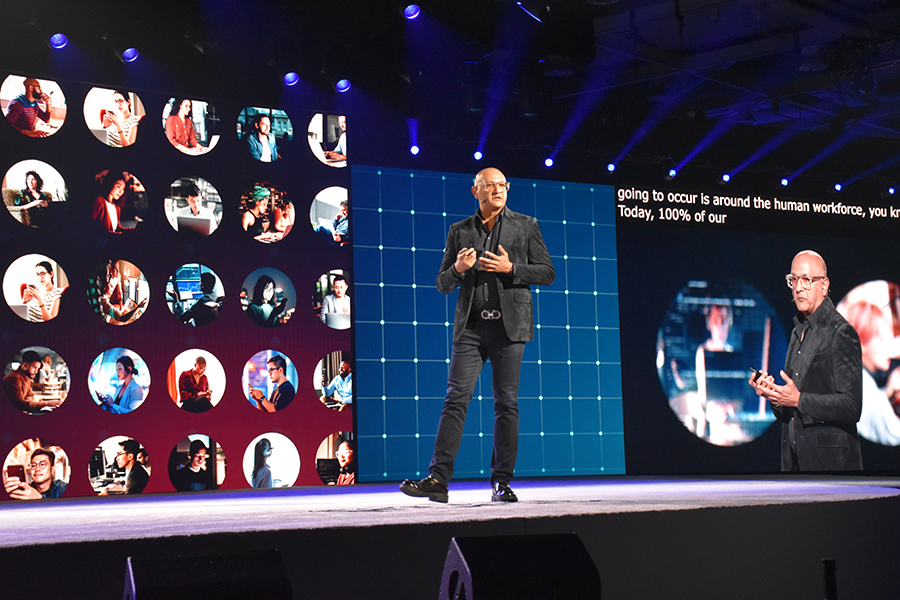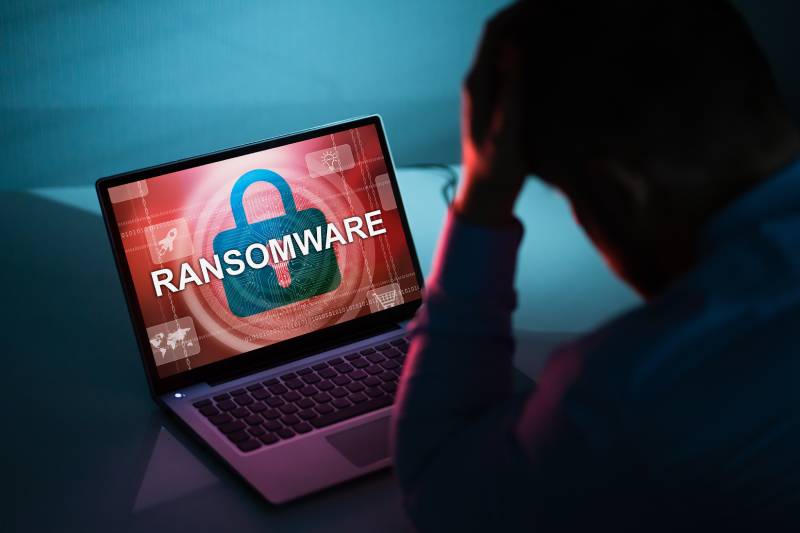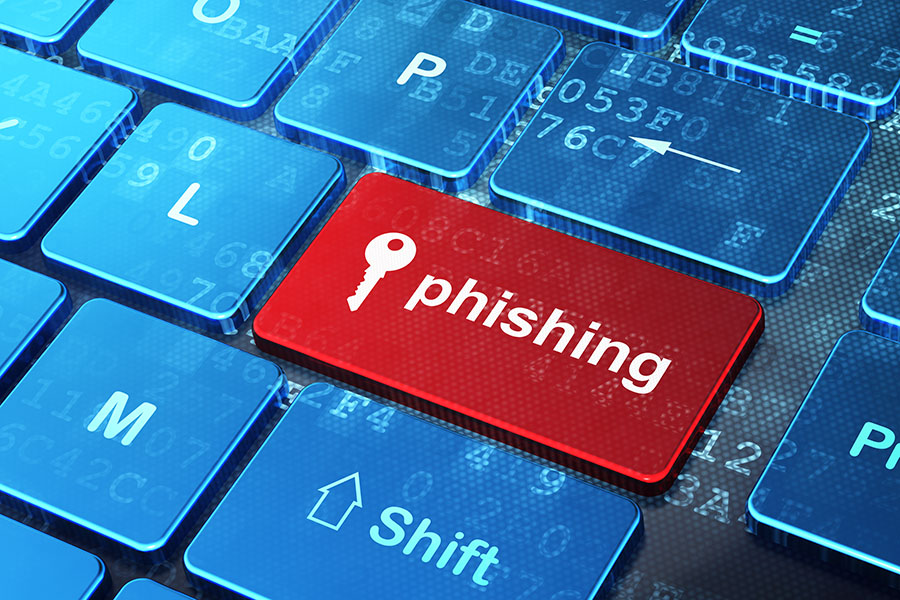
Open-Sourcing AI Security to Defend the Future
Cisco’s Foundation AI model may not be the biggest, but it’s built like a race car for the cybersecurity track — tuned for precision, speed, and efficiency rather than brute force. Specifics include:
Patel framed this move as necessary in a world shifting from human-scale security to machine-scale threats. “Security is now the biggest accelerator for AI adoption, not an inhibitor,” he said.
Cybersecurity’s Greatest Strength? Community
Setting the broader tone, Hugh Thompson, executive chairman of RSAC, opened the conference with a call to unity and adaptability. “Community — it’s what makes us strong in cybersecurity,” he said, encouraging the 44,000 attendees to embrace change and new connections with a “Bayesian mindset” — being open to updating assumptions as new information arrives.Thompson also pointed to two seismic trends for the next 18 months: the transformation of application security into AI-driven defenses, and the surge of adversarial attacks specifically targeting AI models.
Agentic AI Will Redefine Cybersecurity — If We Secure It First
Microsoft’s Vasu Jakkal then offered a sweeping look into the rise of Agentic AI — autonomous digital systems that will soon collaborate with each other and with humans to reshape cybersecurity, governance, and daily life.”Today, AI helps us with triage,” Jakkal said. “By 2027, agents will predict attacks, dynamically adjust access permissions, and autonomously enforce security policies.”
She cautioned that as agentic AI grows more powerful, security models must evolve alongside it. “AI is not static — and security can’t be static either,” she emphasized.(For Complete Live RSAC 2025 Coverage by SC Media Visit SCWorld.com/RSAC)To underscore just how rapidly this transformation is happening, Jakkal shared a timeline mapping the “evolving stages of autonomous AI for security.”
The implications, she said, are profound: cybersecurity will shift from being a reactive discipline to a dynamic, predictive one. “Security mechanisms must evolve from static verification to dynamic, probabilistic verification,” she noted.Microsoft’s internal numbers underline the urgency:
Jakkal emphasized that governance, identity verification, data privacy, and dynamic risk management must be embedded into the design of every AI agent from the start. “It takes a village,” she said, echoing the conference’s broader theme of collective resilience.
Why Community Intelligence Is Our Greatest Defense
John Fokker, head of threat intelligence at Trellix, brought the conversation back to the human adversary — spotlighting how ransomware gangs like Black Basta now operate as full-fledged businesses, sometimes with government backing.Through leaked internal chats, Fokker’s team confirmed Black Basta’s deep ties to Russian protection networks. “They have HR departments, cafeterias, and powerful friends,” he said. “The connection between nation-states and cybercriminals is clearer than ever.”Yet, Fokker’s message remained hopeful: collaborative intelligence can outpace even state-backed adversaries. “We are one team, working together,” he said. “And when we work as one community, there is no question we will reach the top.”The day opened with Grammy-winning artist Common, who delivered a stirring reflection on unseen service, resilience, and community. “The creator I see in me is the creator I see in you,” he told the audience, celebrating cybersecurity professionals for protecting strangers they may never meet.RSAC 2025 made one thing clear: innovation alone won’t define the future of cybersecurity — community will. As threats evolve and AI accelerates, it’s the strength of the connections forged here that will determine what comes next.(For Complete Live RSAC 2025 Coverage by SC Media Visit SCWorld.com/RSAC)


